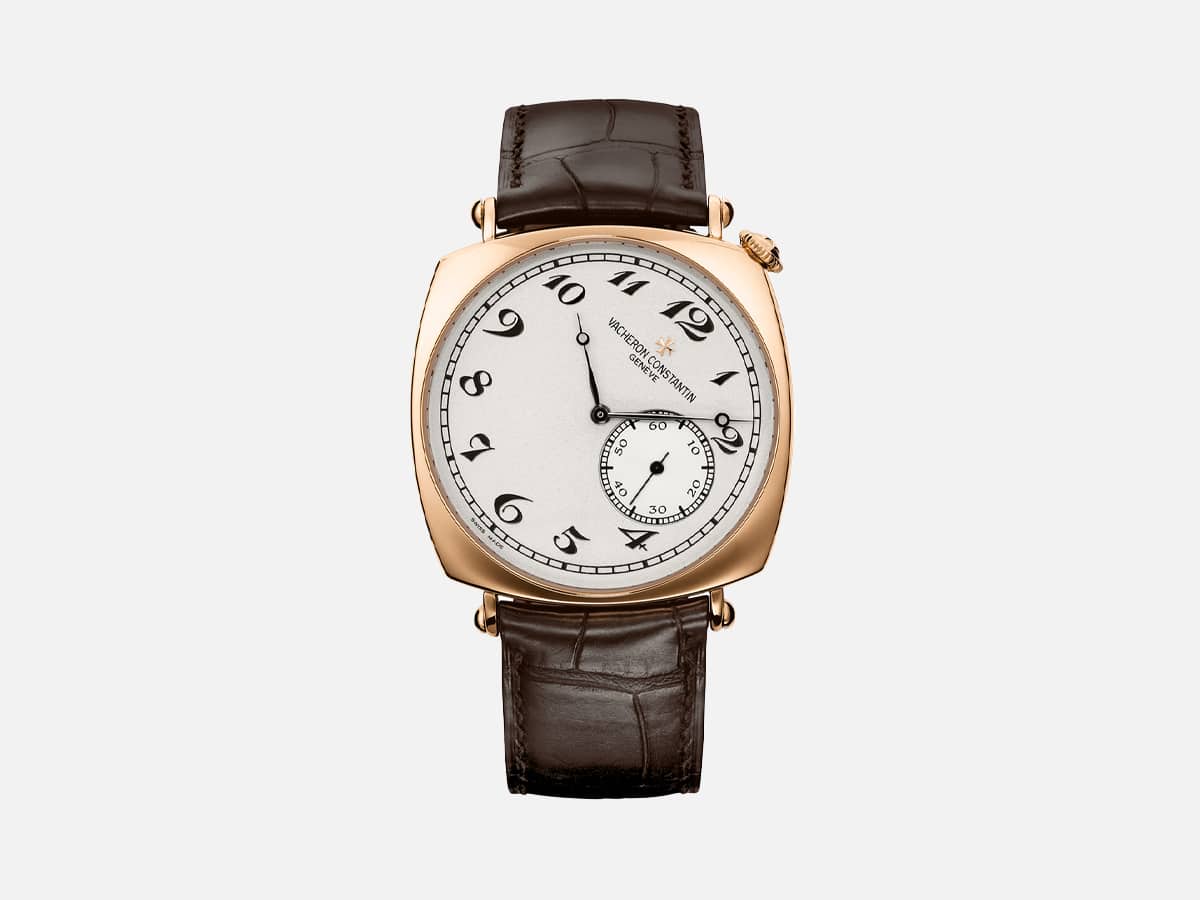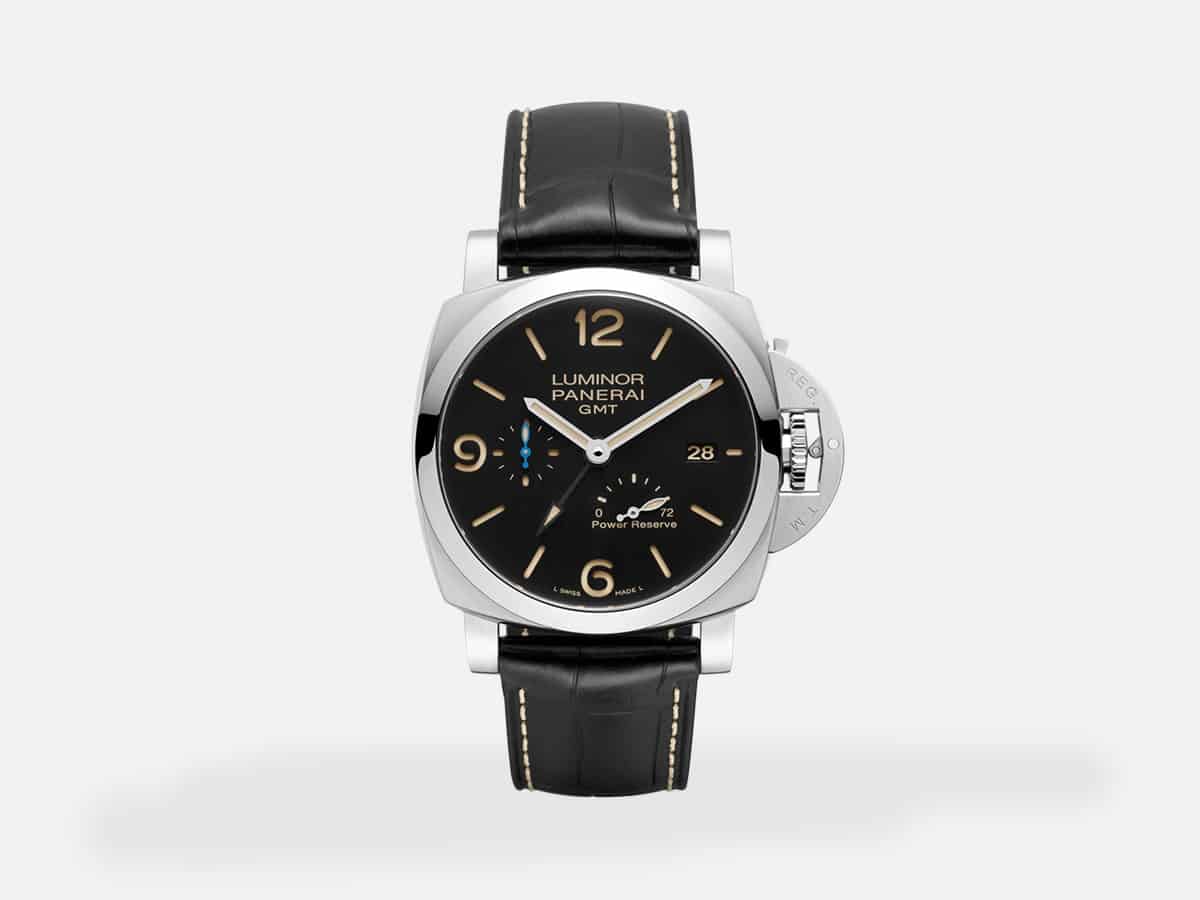This year's Samsung Unpacked presentation brought not only updates to the company's flagship foldable smartphones and headphones, but also an expansion of its smartwatch line. Along with the Galaxy Watch7, a new model, the Galaxy Watch Ultra, was presented. This is Samsung's first attempt to enter the premium sports watch market, like the Garmin Epix or Apple Watch Ultra. I'm not taking into account the Watch5 Pro model, which differed from the Watch5 line essentially only in materials. With the Watch Ultra, the situation is radically different, so let's figure out what kind of model it is and how it differs from the new Watch7.
Galaxy Watch Ultra
The new watch is positioned as a premium solution that should become a companion for the same premium Samsung smartphones, so its case is made of a 4th class titanium alloy, and the display is covered with sapphire crystal.
The design of the model looks a little unusual against the background of the classic round cases of the Galaxy Watch line, which repeat the shape of round screens. After all, the Ultra model has the shape of a square with rounded corners (in English, there is even a separate name for this shape - Squircle, from the geometric shapes square and circle). However, its screen remains round, so we have an atypical combination for sports watches, which, however, is often found among mechanical models. Just think of the Vacheron Constantin Historique American 1921 or the Panerai Luminor Marina.
This is where Samsung's designers seem to have been looking for inspiration. I would just like to note that the Galaxy Watch Ultra looks more interesting in person than in the photo, because the complex shape of the case is better perceived in volume. So despite possible preconceptions about the design, I still advise you to look at the model with your own eyes.
Unfortunately, Galaxy Watch Ultra will be available in only one case size - 47 mm. The full dimensions are 47.4x47.4x12.1 mm, with a weight of 60.5 grams. Therefore, the model is not suitable for everyone. Due to the shape of the case, its dimensions are perceived as larger than the 47 mm Garmin Fenix 7.
One of the important differences between the Watch Ultra and all other Samsung smartwatches is its greater endurance. The watch has a water resistance of 10 ATM, which allows you to go diving in it, and the manufacturer also claims that it works in a wide range of altitudes, from 500 meters below sea level to 9,000 meters above sea level.
Traditionally, there are two buttons on the right side of the Galaxy Watch, one of which is responsible for going backward in the interface, and the other for switching to the watch face. You could also assign an additional action to holding down the top key, such as launching Google Pay. However, Galaxy Watch Ultra added a third button between these two buttons. It looks like a crown on a mechanical watch and even spins! However, it only works by pressing it and works for quick start, and you can assign it to a workout or turn on a flashlight. In general, you can assign almost any action.
Given that the manufacturer abandoned the rotating bezel in the Galaxy Watch Ultra (instead, there is a gesture along the edge of the touch screen), with the scrolling quick launch button, in my opinion, Samsung wasted a little bit of an opportunity to provide users with a new mechanical way to control the interface.
The Galaxy Watch Ultra display has a diagonal of 1.5 inches and uses a Super AMOLED matrix with a resolution of 480x480 pixels. An important feature of this screen is the peak brightness of 3000 nits, which will be enough for any conditions.
Samsung also introduced a night mode for the watch's dials for the first time, which switches them to black and red, which are easier for the eyes to read in complete darkness.
The Galaxy Watch Ultra platform is based on the new 3nm Exynos W1000 processor with 5 cores, which is complemented by 2 GB of RAM and 32 GB of internal memory. The watch supports LTE internet connectivity via eSIM and wireless modules Bluetooth 5.3, Wi-Fi 2.4-5 GHz, and NFC. The watch uses GPS, Beidou, and Galleo positioning systems for navigation and sports tracking. The GPS operates in dual-band L1+L5 mode, which means more accurate positioning in dense urban areas.
The Galaxy Watch Ultra has an external speaker that allows you to use the watch for hands-free phone calls, but it also has an emergency siren that can call for help in case of an emergency.
Galaxy Watch Ultra runs on Wear OS 5 with the proprietary One UI 6 interface.
The watch uses an updated BiActive Sersor (heart rate monitor, optical bio-signal sensor, heart electrical signal, bioelectrical impedance analysis), as well as a temperature sensor, accelerometer, barometer, gyroscope, geomagnetic sensor, and light sensor. For the first time for a Samsung watch, the new model supports the detection of apnea, a breathing disorder during sleep.
The BiActive Seror optical sensor can also measure advanced glycation end products (AGEs), an indicator of metabolic health and biological aging that is strongly influenced by general lifestyle and eating habits. This should help you make more informed decisions about sports and nutrition, as well as take preventive steps to proactively take care of yourself.
In addition to tracking physical activity and typical sports activities, the Galaxy Watch Ultra has improved support for triathlons and now measures Functional Threshold Power (FTP) for cycling. This indicator determines the ability of an athlete to maintain the maximum possible power for 45-60 minutes. However, Samsung claims that thanks to artificial intelligence algorithms, the watch can determine this indicator in just 4 minutes.
In addition, the Galaxy Watch Ultra is now able to identify personalized heart rate zones, which should make your workouts more effective by determining the most optimal intensity levels according to your physical abilities.
The watch has a 590 mAh battery and fast wireless WPC charging. Samsung does not provide the battery life for everyday use, but notes that the Galaxy Watch Ultra will work up to 100 hours in power saving mode and 48 hours in a special power saving mode during physical activity. We will be able to tell you more about the battery life later, when the watch arrives for review.
Galaxy Watch7
Samsung's main focus for this year was on the Ultra model, so the Galaxy Watch7 received mostly functional updates. The design of the model has not changed, there are two sizes of the aluminum case - 40 and 44, with dimensions of 40.4x40.4x9.7 mm, with a weight of 28.8 grams, and 44.4x44.4x9.7 mm, with a weight of 33.8 grams. The watch case has a water resistance of 5 ATM and IP68 certification.
The displays of both models have also not changed, they are covered with sapphire crystal; the 40 mm version uses a 1.3-inch Super AMOLED screen with a resolution of 432x432 pixels, and the 44 mm version uses a 1.5-inch 480x480 pixels.
Just like the Watch Ultra, the watch has an updated platform, now it also has a new Exynos W1000 processor with 2 GB of RAM and 32 GB of internal memory, supports LTE (for select models), Bluetooth 5.3, Wi-Fi, NFC, GPS (L1+L5), Beidou, and Galleo. The updated BiActive sensor, temperature sensor, accelerometer, barometer, gyroscope, geomagnetic sensor, and light sensor offer the same level of measurement as the Ultra model.
The batteries of the Galaxy Watch7 have also not changed: for the 40 mm model it is 300 mAh, for the 44 mm model - 425 mAh.













